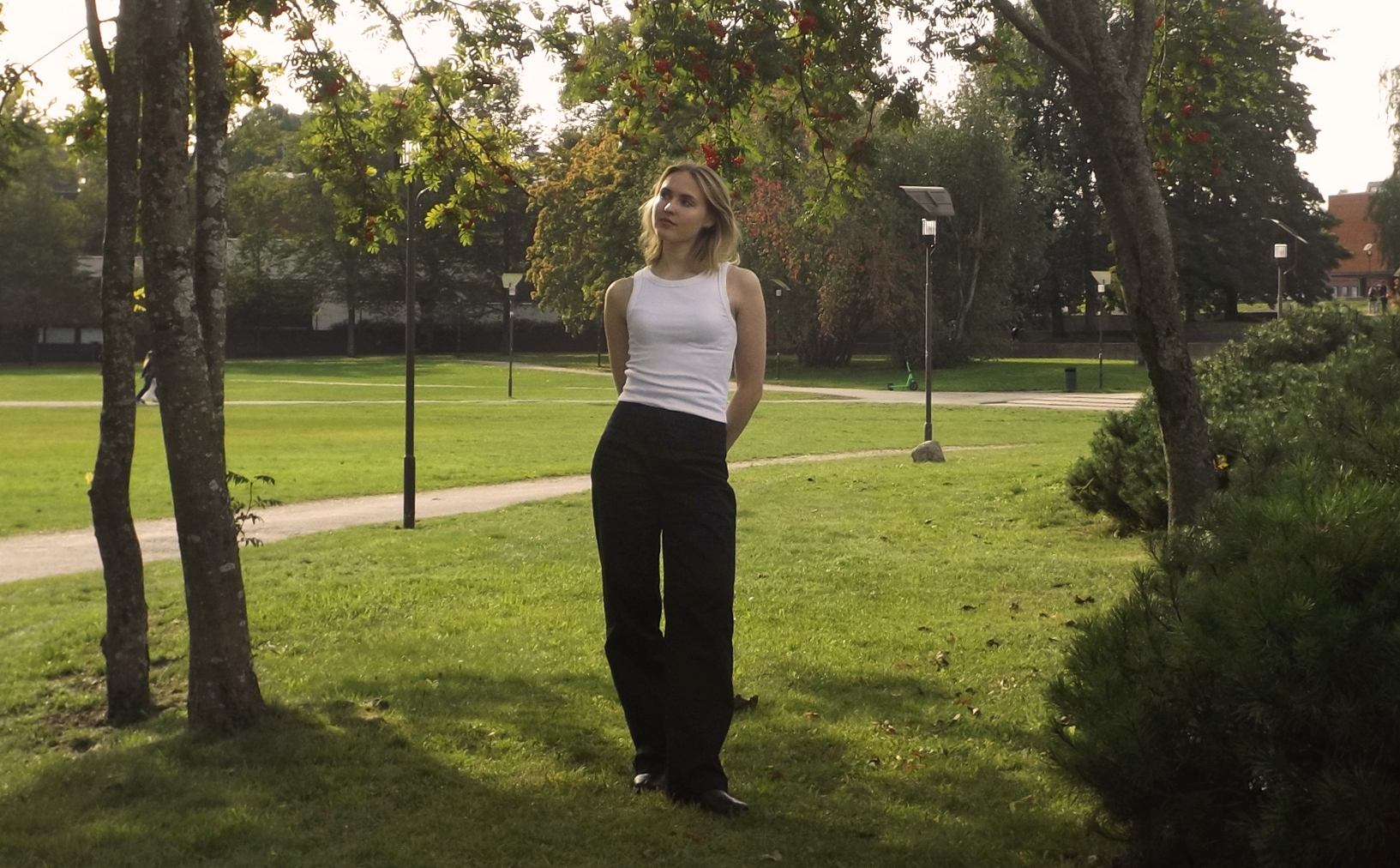Breaking the architecture bubble

Miina Jutila
Architecture has always reflected the stylistic trends of each era. It is important to have a diverse discussion about what kind of a shared future today’s architecture is creating, writes Bertta Jouhki, an architecture student at Aalto University.
As a fourth-year architecture student, caught between the professional and the layman, I have noticed how difficult architectural debate can be to approach. Everyone consumes architecture, but the discussion of it seems to be confined to a marginal group. I find this problematic, as those within the profession often have a fairly uniform answer to questions that require multi-dimensional solutions. The risk is that architecture is viewed and implemented through lenses that only see one way.
As in many specialist fields, architecture has its niche ideals, methods and vocabulary. In professional life, repetition is natural when the people around you have similar educational backgrounds, attend the same professional events and possibly read the same publications related to the field. In the case of architecture, this bubbling up is perhaps best seen in architecture competition entries.
In August, the first phase of the design competition for Helsinki’s new museum for architecture and design ended. Of the 623 proposals submitted, there is a lot of variety, but some trendy ideas seem to recur, such as an oval-shaped building covered by a green roof. I am not saying that this kind of architecture isn’t good, but the repetition may reinforce a trend that further creates a bubble. Crucial to this bubbling up is whether the three to five proposals that continue to the competition's second stage vary from each other.

When certain trends create credibility and security within a profession, it is easier to identify those who go against the flow, and therefore criticise their opinions as less important. This creates the illusion that there is a right and wrong way to understand architecture, which in turn discourages participation in the debate about it. If the field communicates that outsiders are incapable of understanding the genius of the architecture, it also takes away the possibility of questioning the design solutions that have been made.
Although architects are qualified as building experts, everyone else, too, has the freedom to express their opinions on design plans, and they should be taken seriously. Ideally, comments and views outside the profession will lead to insights for a better living environment. In the past, expertise was perhaps viewed as the mastery of a particular subject area, which is why others listened when the expert told them how things were. However, in a changing world, the role of an expert – in this case, an architect – needs to be broader: the person in a position of authority should find and integrate new perspectives in their practice by engaging in dialogue with everyone.
I note that, in a way, I also write under the protection of a professional identity, but I hope that my voice as a student will encourage people to participate more openly in the debate about architecture. Architecture is about creating a shared future, which is why it is essential to include everyone in the discussion of what kind of a future we want to build – and how. We can start this by commenting on the competition proposals for the new museum.
Bertta Jouhki is a fourth-year architecture student at Aalto University. Alongside design work, writing is an important way for her to structure her understanding of architecture and its phenomena.



